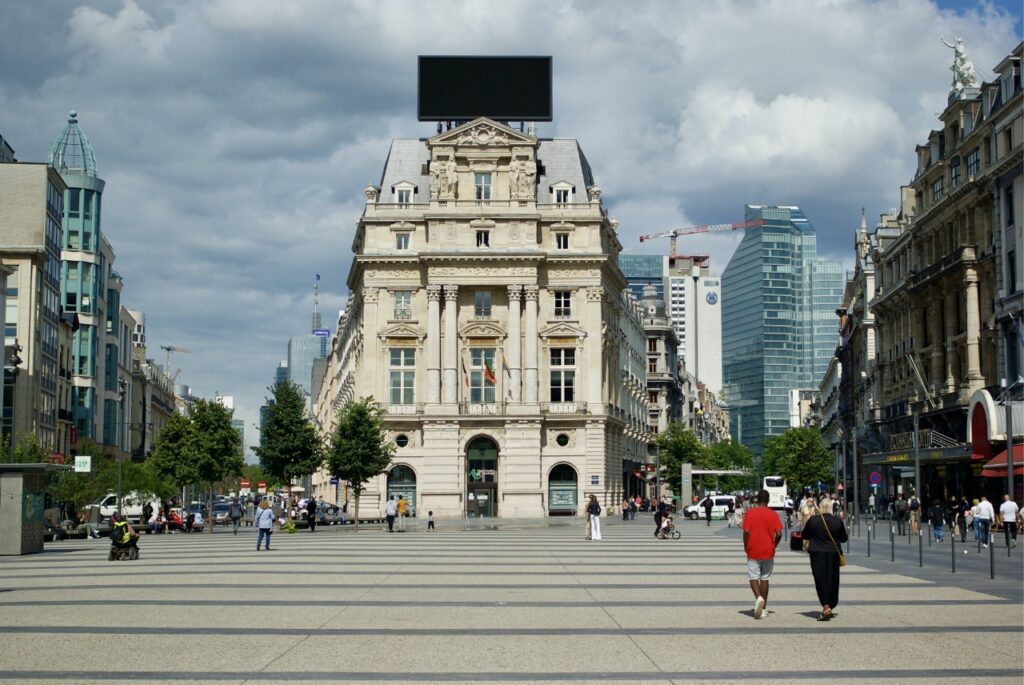As an architect, I am deeply interested in urban design and the ways in which architects create livable and walkable cities. Urban design is a field that focuses on the planning and design of cities, towns, and other urban areas. It is a complex and challenging task requiring architects to consider various factors such as transportation, housing, and public spaces. In recent years, many innovations in urban design have led to the creation of more livable and walkable cities.

One of the most significant innovations in urban design is the concept of “complete streets.” This principle holds that streets should be designed to accommodate all users, including pedestrians, cyclists, and motorists. Complete streets are characterized by wide sidewalks, bike lanes, and dedicated bus lanes, which make it easier and safer for people to walk and bike around the city. This approach promotes healthy and active lifestyles and reduces the number of cars on the road, leading to less congestion and pollution.
Another important innovation in urban design is the concept of “green infrastructure.” Green infrastructure is a system of natural and semi-natural features that helps to manage water, reduce pollution, and provide habitat for wildlife. This includes things like green roofs, rain gardens, and green walls. Green infrastructure is an important aspect of urban design because it helps to create healthier and more livable cities.
A third innovation in urban design is the concept of “smart growth.” Smart growth is an approach that focuses on creating compact, walkable, and mixed-use communities. Smart growth communities are characterized by a mix of housing types, a range of transportation options, and a variety of shops, restaurants, and other amenities that are within walking distance of residents. This approach promotes healthy and active lifestyles, reduces car dependence, and creates more livable and walkable cities.
In addition, the rise of “shared spaces” is another innovation in urban design that has led to the creation of more livable and walkable cities. Shared spaces are areas that are designed to be used by both pedestrians and vehicles. These spaces are characterized by removing traditional street furniture such as curbs, sidewalks, and road markings, making it easier for people to walk around the city. Shared spaces are particularly useful in densely populated areas, where they can help to reduce congestion and create more livable and walkable cities.
Another important aspect of urban design is the concept of “placemaking.” Placemaking is an approach that focuses on creating public spaces that are both functional and attractive. This includes things like parks, plazas, and squares. Placemaking is an important aspect of urban design because it helps to create livable and walkable cities by providing people with spaces to gather, relax, and enjoy the city.
In conclusion, urban design is a crucial field that plays a vital role in creating livable and walkable cities. Architects have been innovating new approaches to urban design, such as “complete streets”, “green infrastructure”, “smart growth”, “shared spaces”, and “placemaking” that promote healthy and active lifestyles, reduce pollution, and create more livable and walkable cities. These approaches not only improve the quality of life for residents but also contribute to the overall sustainability of the urban environment. As an architect, I believe that urban design should be a collaborative effort between architects, urban planners, and community members to create cities that are not only functional but also beautiful, inclusive and sustainable for everyone. By considering the needs of all users and incorporating innovative approaches, architects can help create livable, walkable, and sustainable cities for generations to come.
For CAD Blocks, visit us

